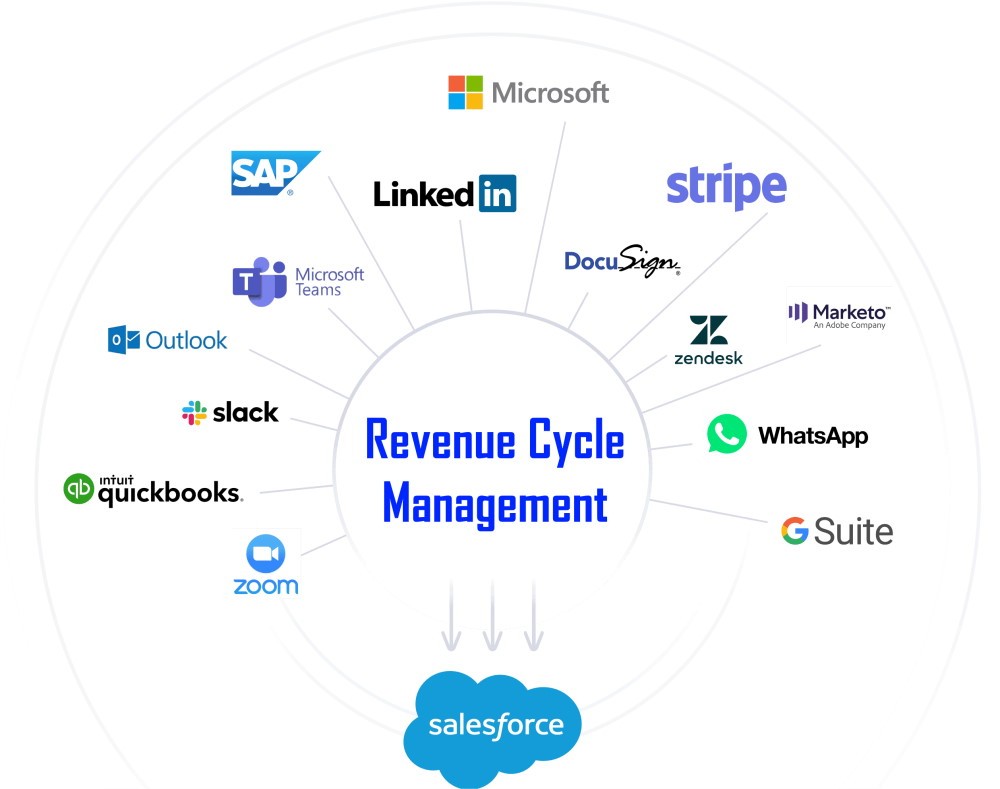Revenue cycle management problems are commonplace in any industry. They arise at every stage of interaction with the client, from acquaintance to payment of bills. The revenue intelligence platform, which uses modern analytical tools, will help to cope with such problems.
Revenue cycle management is influenced by numerous internal and external factors. They are closely related to the following categories:
The Most Common Revenue Cycle Management Challenges
- Company policy;
- Agreements with suppliers;
- Interaction with clients;
- Billing;
- Industry regulations, etc.
You can prevent common challenges in revenue cycle management with the help of specialized systems for storing and managing payment records. Next, we look at the main problems entrepreneurs often face.
Challenge 1
Billing errors. Billing information inaccuracies are a problem many businesses face. These include errors in personal data, the billed amount, or the absence of a billed invoice.
Qualified programmers and billers will help to solve these revenue cycle management issues. Among their responsibilities are:
- collection and verification of customer data;
- prioritization in the income cycle;
- prevention of leakage of income and conflicts with buyers.
Remember, every mistake on an invoice can delay payment for a long time. Instead of working with new orders, employees have to spend time correcting data and resubmitting. Also, such errors lead to customer dissatisfaction and refusal to cooperate.
Challenge 2
Insufficient qualification of employees. Business efficiency largely depends on the knowledge and experience of specialists. If the team does not complete tasks correctly, revenue cycle management can suffer.
The solution to this problem is obvious. You need to hire the best specialists in the industry. But not every company is ready to afford to pay for the work of experts with impeccable reputations.
A worthy alternative is outsourcing. This approach will help you set up work processes for a reasonable price and gradually increase income.
Challenge 3
Manual data processing. Despite the innovation, businesses often continue to manually enter and transfer information. However, this organization of work processes is time-consuming and very unreliable.
With manual processing, you need to control each work step. But it is impossible to guarantee the absence of errors even in this case.
The best way to eliminate manual data processing delays is to use the software. It allows you to:
- promptly track information;
- reduce data entry errors;
- control the issuance and payment of invoices;
- implement templates and streamline workflows.
Dedicated software helps simplify revenue cycle management and improve business performance.
How to Overcome Revenue Cycle Management Challenges
Unrecorded income for services rendered is one of the main reasons for the appearance of debts by enterprises. There are several effective ways to address revenue cycle management challenges.
Refuse manual data entry and update the software. Outdated ways of working with information take a lot of time and are accompanied by many errors. In addition, different technologies are almost impossible to integrate.
- Modern software solves the following tasks:
- Optimization of data processing;
- Reduction of operating costs;
- Error minimization;
- Improved compatibility and scalability;
- Savings in the long run.
Train your staff. Recruit qualified professionals to your team and invest in their education. Knowledge and skills are never redundant. During the training, employees will receive valuable practical experience that can be implemented in everyday work processes.
Strengthen control over payment information. To do this, establish a clear company policy regarding the receipt and processing of the payment. All employees must continue to adhere to its rules.
With reliable payment management software, you can reduce administrative costs and avoid leaks.
Summary
Revenue cycle management is a guarantee of efficient business conduct. Modern tools allow enterprises to optimize work processes, making them as convenient and safe as possible for employees and customers.





0 Comments